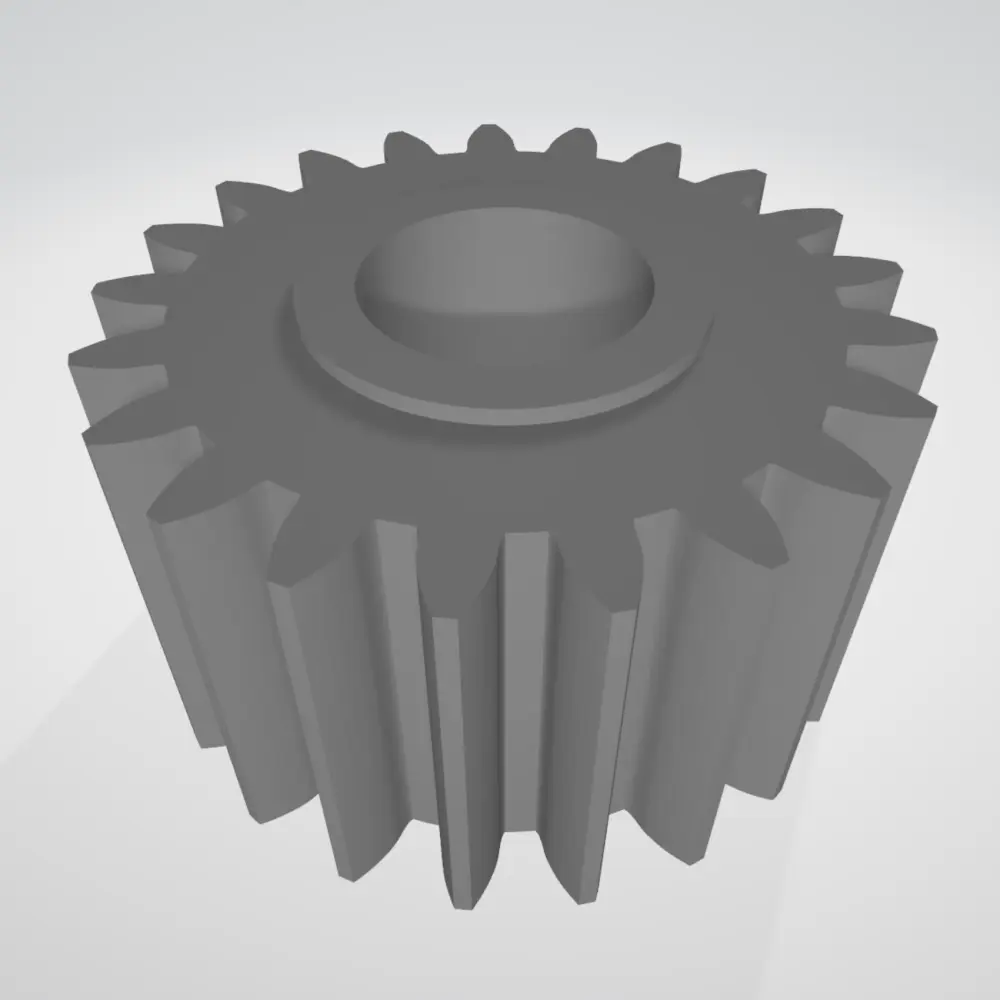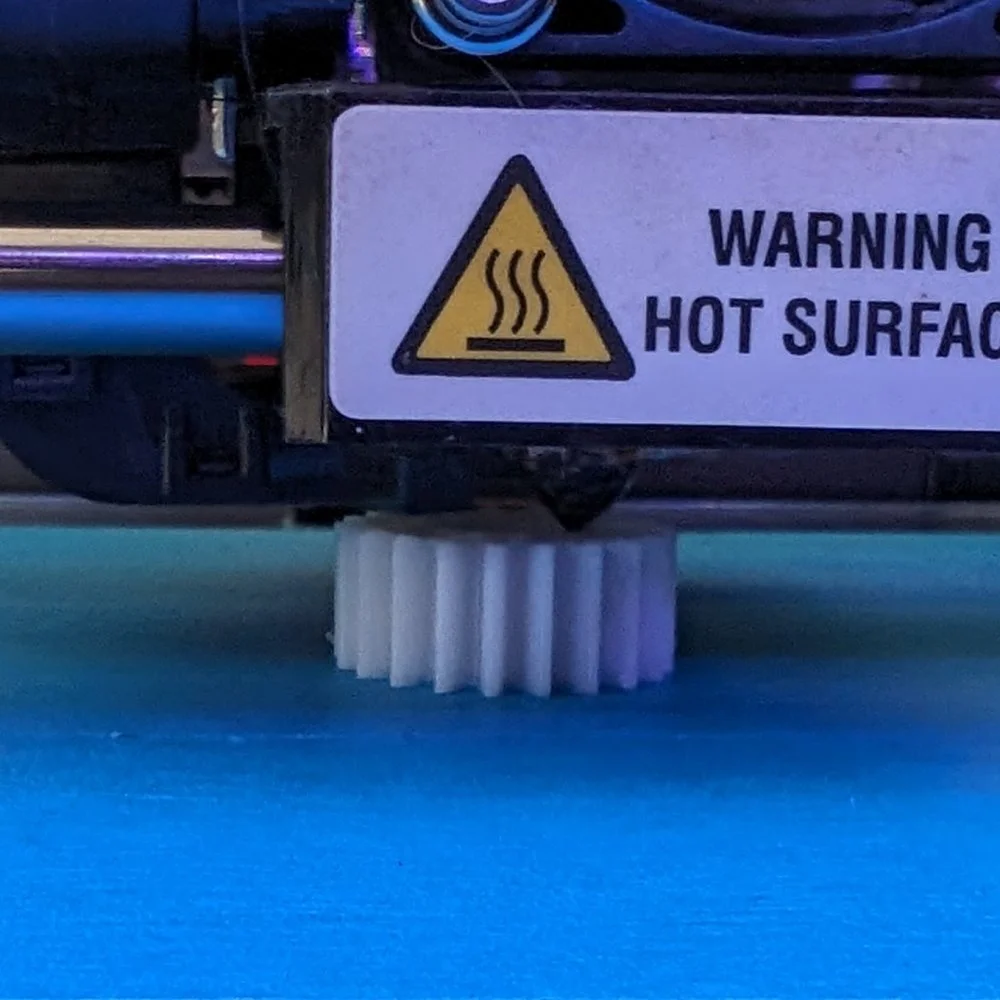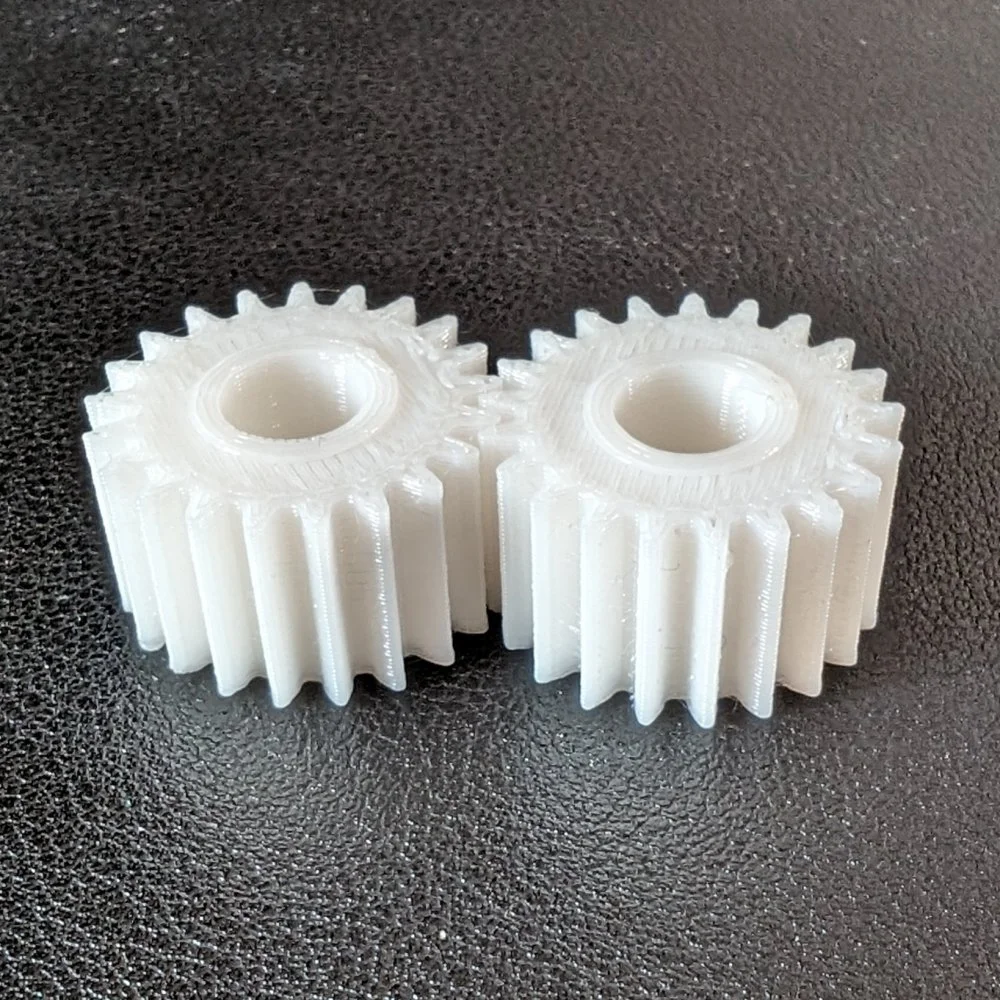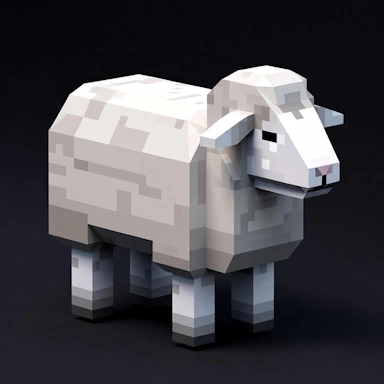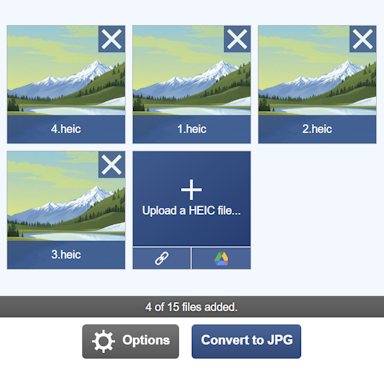A Comparison of STP and STL File Formats
Here we will take a look at both STP and STL formats and compare the two side by side, looking at major differences between them and when using one over the other is appropriate.
Structure
Firstly, how an STP file stores its 3D model data is very different from how an STL file stores it. Firstly, it may not be well known, but the STL format comes in two flavors: text and binary. While the majority of STL files out there will be binary, there are some 3D applications that export to the STL text format. Regardless of whether an STL file is binary or text, the capabilities are pretty much the same, in that they can only store triangular mesh data with no material or surface color data.
STP files, on the other hand, are text-based files that store their 3D model data in a scalable vector format, ensuring no loss in quality if the model is scaled up. STL files suffer from loss of fidelity when scaled up due to the data being stored in a mesh format as can be seen from the example below.
An STP File of a Toy Cloud
The Same Cloud File as an STL
Mesh Triangles Visible in the STL Cloud File
Supported Material
Neither STP nor STL formats support material and color capabilities, mainly due to the fact that the STL format was intended to be a simple container for triangular mesh data. There were some vendor-specific versions of STL created to add simple face color capabilities; however, these were limited in the number of colors that could be used, and most other software did not support them. The STP format does not support material colors, mainly because it is primarily intended to be used as a format for transferring shape data between different CAD applications.
Editing
Both STL and STP files have widespread support for use within 3D modeling and CAD applications. The STL format, due to its mesh format, is mainly used within 3D modeling applications. STP files were designed primarily as an interim CAD format, which means that most 3D CAD applications have support for importing and editing STP files. Some CAD applications allow the importing of STL files; however, with the triangular mesh-based nature of STL files, this may not be suitable for all 3D models.
File Size
STP files are efficient at storing 3D model data without the file size becoming too large; however, STL files can become very large, especially for models containing hundreds of thousands or millions of triangles. If you are looking to reduce the size of your STL file, we have an STL compression tool that will reduce the size as much as possible without any loss in quality. Both formats can be compressed in specialist compression formats, such as ZIP, with very good results.
Summary
The choice of whether to use an STL file or an STP file depends mostly on what you intend to use it for. If you are looking to 3D print a model or transfer 3D mesh geometry between different 3D modeling applications, then STL is the format for you. If, however, you are looking to exchange data between CAD applications, then STP is the preferred way to go.

